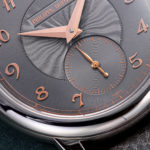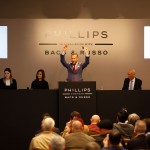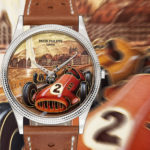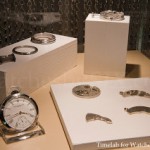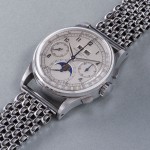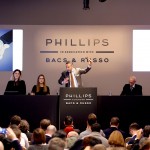Editorial: Happenings at the Geneva Spring Auctions 2023
The air gets thinner at the top.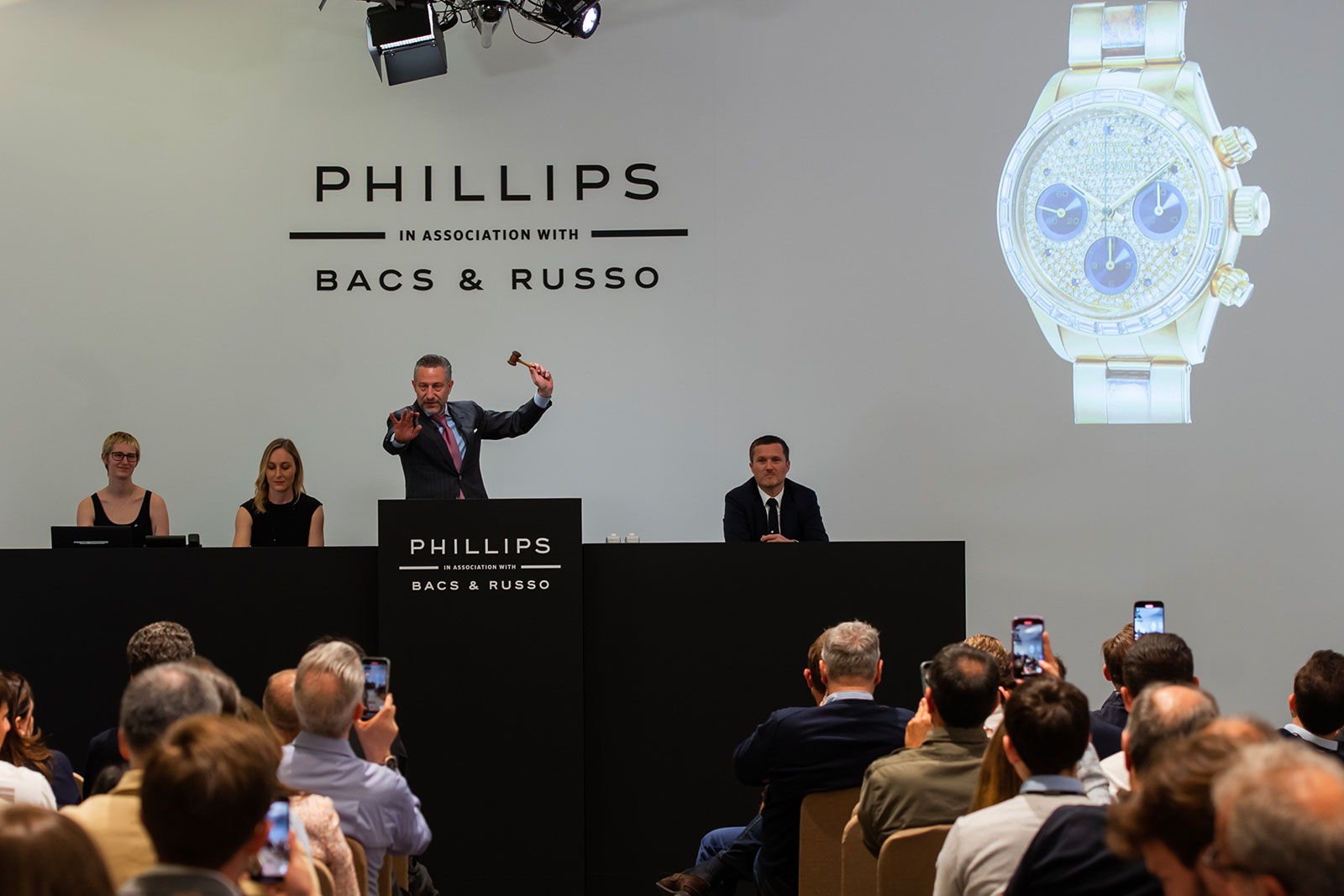
The Geneva auction weekend is typically a good barometer for where the market is headed in the near term because it’s the opening act of the season, with the Hong Kong and New York sales following later in spring. At the same time, the Swiss city is also where many of the serious players and would-be players turn up during the auctions, perhaps because its more central location compared to its North American and Asian counterparts.
Inching downwards
Trends that became clear last season – six months ago – continued into the spring sales. Most obviously, the values of “hype” watches have continued to creep downwards.
This was exemplified by the Patek Philippe Nautilus ref. 5980/1400G – white gold and entirely set with diamonds – that sold for CHF533,400 including fees. While times were good, the model was a million dollar (or franc) watch – the exact same watch sold for CHF937,500 a year ago at Phillips. More notably, the last time an example, before the pandemic at Christie’s in 2018, it achieved CHF612,500.
Prior to the auction season, independent watchmaking appeared to be resisting the forces of gravity, with demand and prices for such watches continuing to be robust. Now it appears the genre is enduring the same decline as sports watches with integrated bracelets.
Take for example the unique Voutilainen Minute Repeater 10 with a steel case and open dial sold at Phillips for CHF342,900 – a solid result but more or less its original retail price. Just over a year ago, the very same watch was offered by a London dealer for US$1.32 million, more than three times as much as the auction result.
And over at Sotheby’s a Vianney Halter Classic in pink gold sold for just over CHF33,000, about half what such watches were selling for a year ago.
The downwards momentum was true for F.P. Journe as well, which over the pandemic emerged as the bluest-of-blue-chip independents. This was illustrated by the F.P. Journe thematic sale at Christie’s (which I detail below).
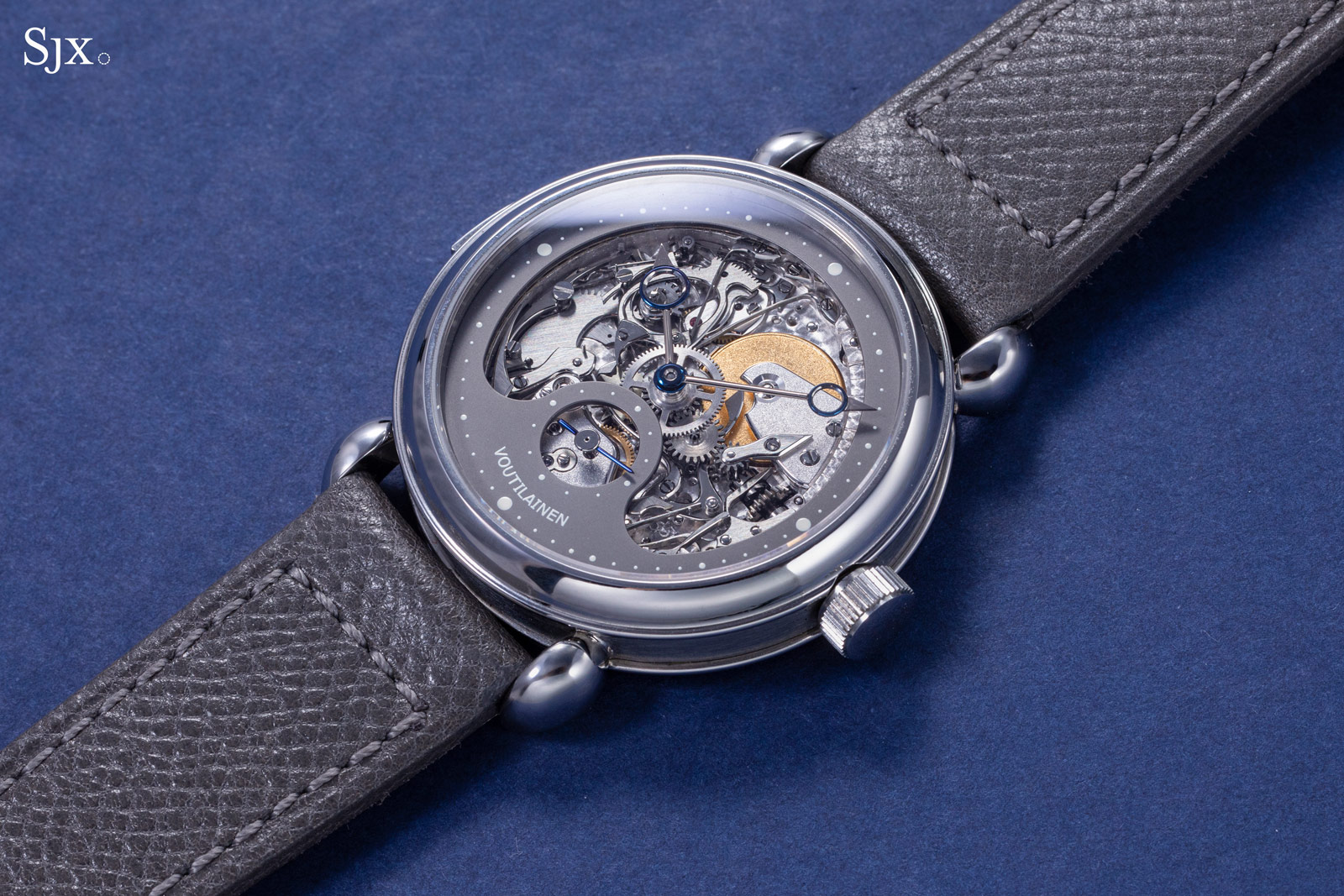
The Voutilainen repeater, a value proposition compared to 2022
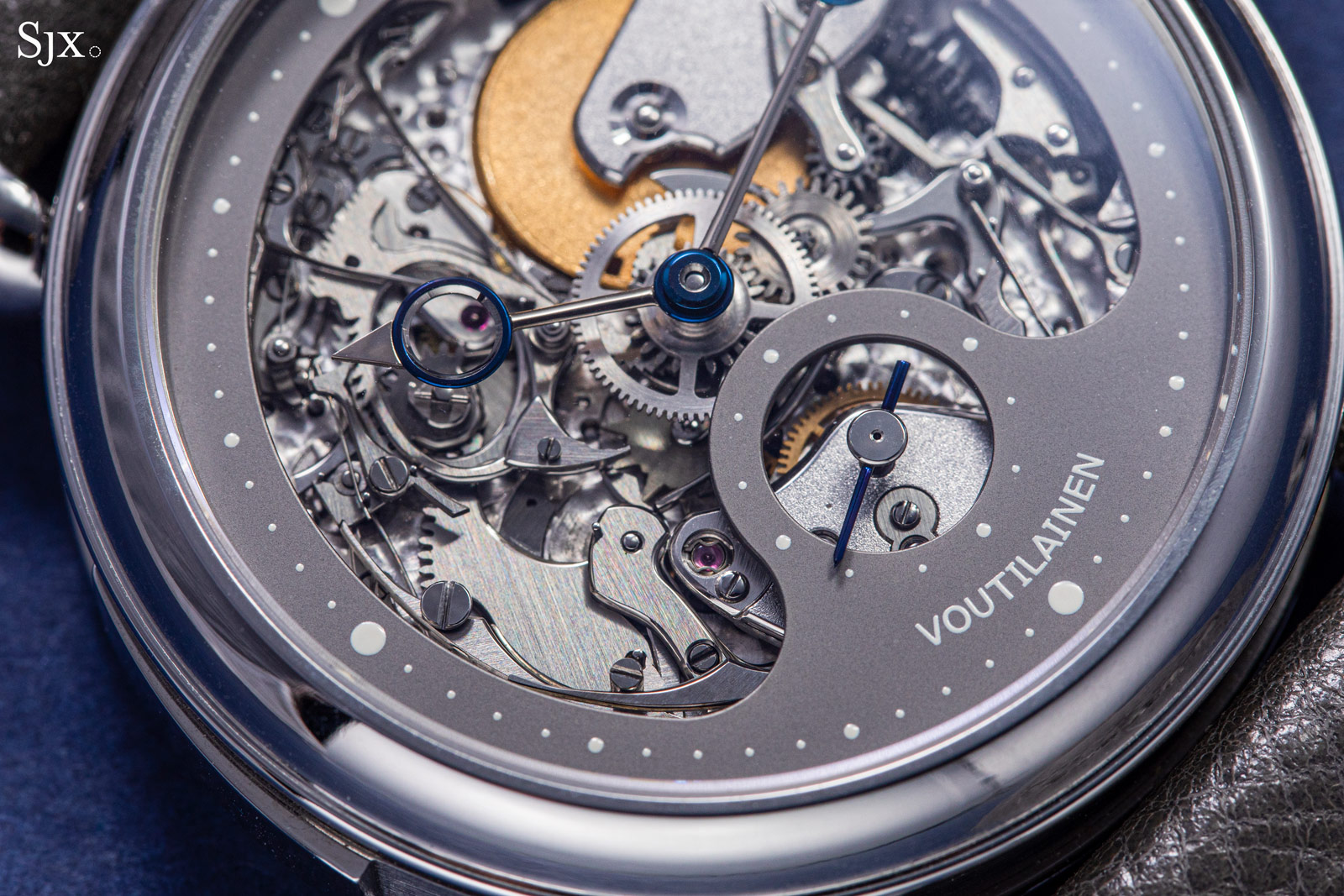
Open dial and a “Stavax” steel case
An exclusive club
Naturally, there were plenty of record prices set during the weekend – some deservedly so – but the out-performers were largely the exception rather than the norm. Some did well simply because they were genuinely special, like the sculptural Patek Philippe ref. 1252 “Chameleon” that sold at Antiquorum for CHF387,500 to a phone bidder, against an estimate of CHF50,000-100,000. It was only the second example of the watch known, with the other one sitting in the Patek Philippe Museum.
Another example of the truly special was the Breguet pair-cased grande sonnerie made for the Ottoman market in 1808, which sold for CHF1.02 million. Although some collectors regard such watches as less important since Abraham-Louis Breguet relied on Swiss suppliers for grande sonnerie ebauches (as opposed to building the entire movement in his own workshop), the watch is extraordinary for its decoration, condition, and provenance. Interestingly, the last time this watch was offered publicly was over four decades ago at Antiquorum, where it apparently went unsold with a low estimate of CHF500,000.
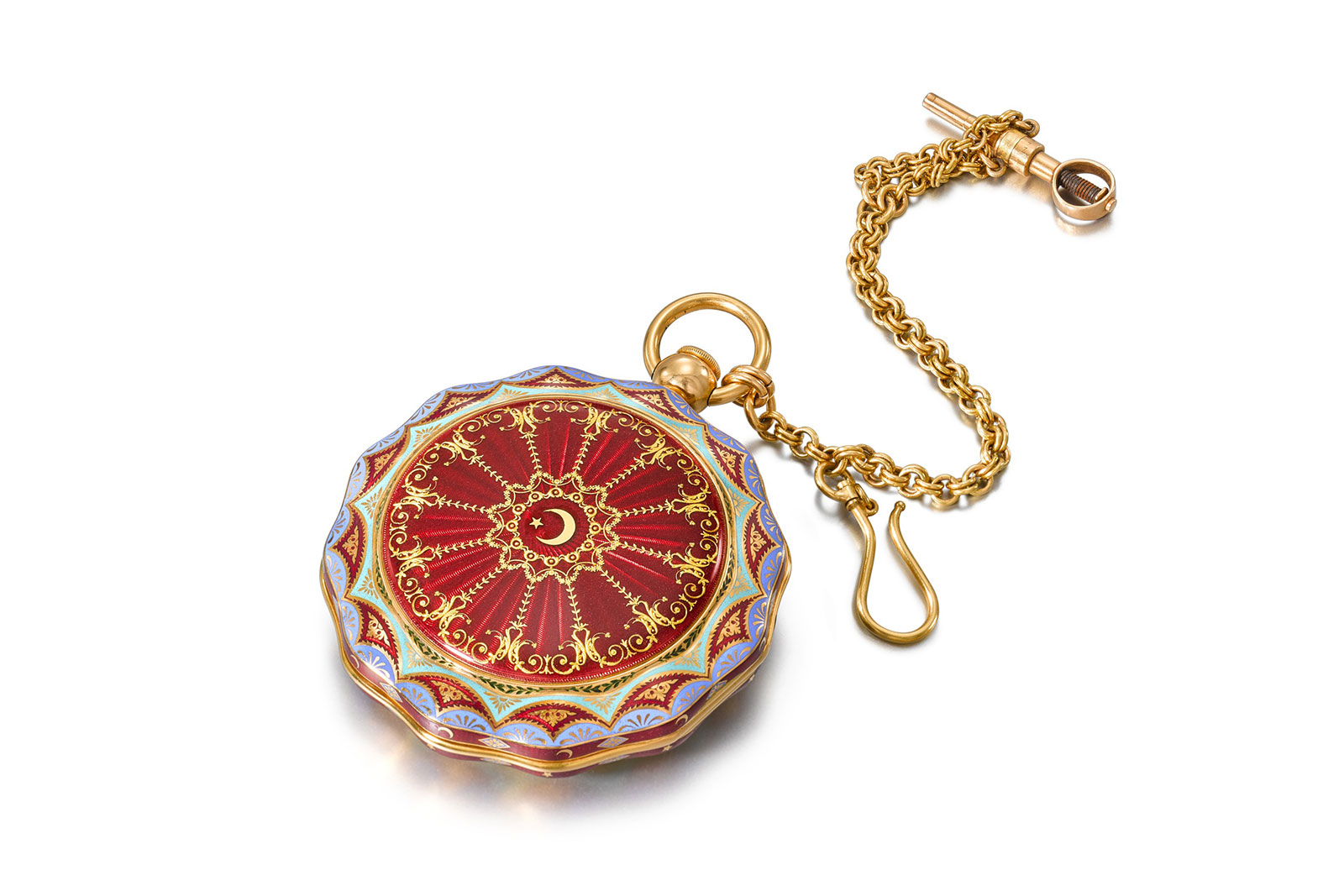
The Breguet grande sonnerie no. 1950. Image – Sotheby’s
And then there were the record-setting Rolex watches. At Phillips a practically mint Milgauss ref. 6541 sold for CHF2.24 million while an almost-as-crisp Daytona ref. 6270 went for CHF3.69 million. Over at Sotheby’s a worn but honest and appealing Daytona ref. 6241 “John Player Special” or “JPS” (consigned by the original owner no less) sold for CHF2.24 million.
All three watches were bought by a representative of Rolex who is a familiar face at the Geneva auctions. She also won the ref. 6036 “Killy” in pink gold at Phillips for CHF571,500.
The representative’s purchases illustrate a few salient points. Most obviously, Rolex is buying significant historical models. It would be facile to say that Rolex is doing so to support the market simply because the Geneva marque is the biggest and most profitable watch brand in the world. In the typical Rolex way, the brand is likely playing the long game, perhaps accumulating watches for a museum or marketing campaign that will probably take years to materialise.
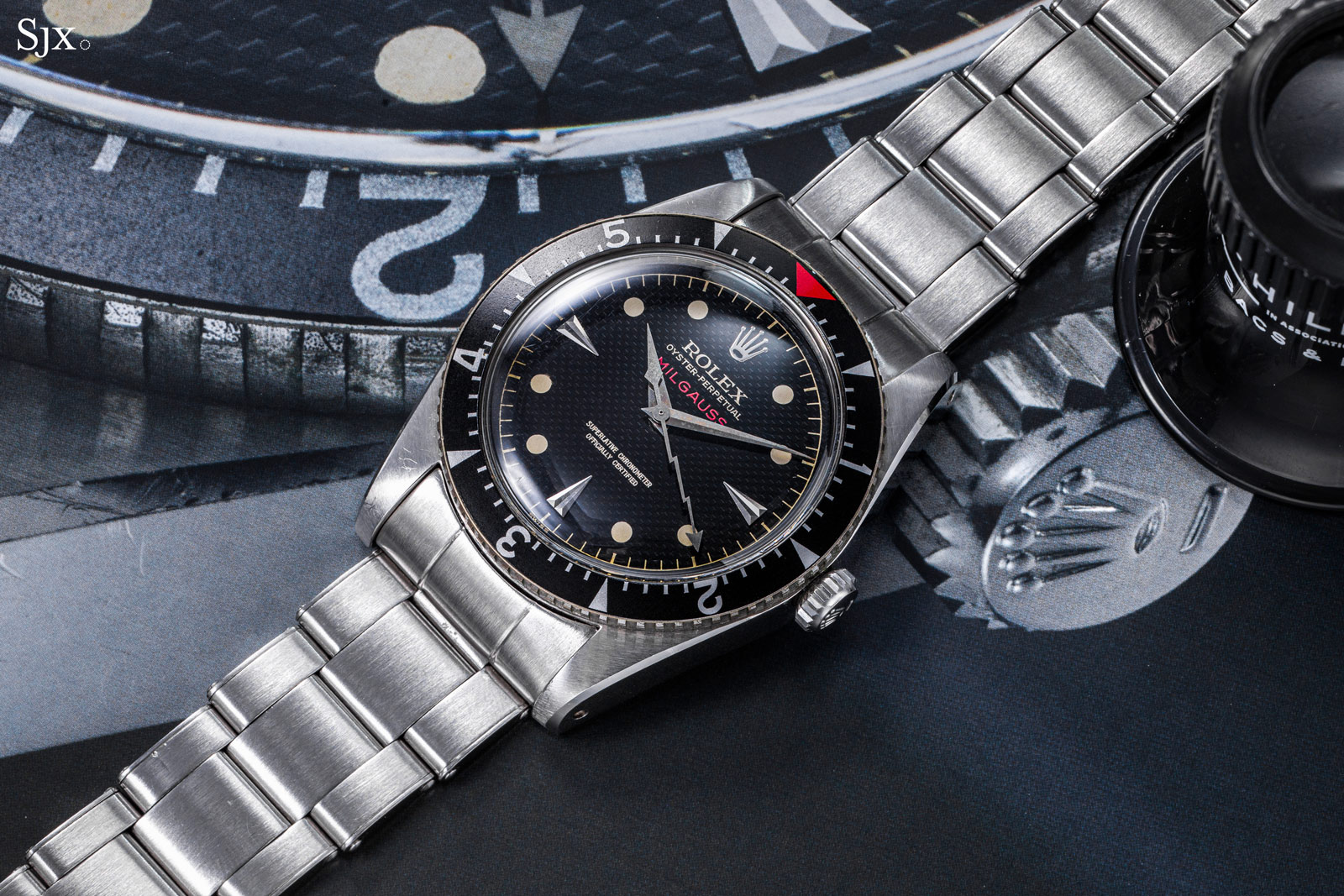
The Milgauss ref. 6541
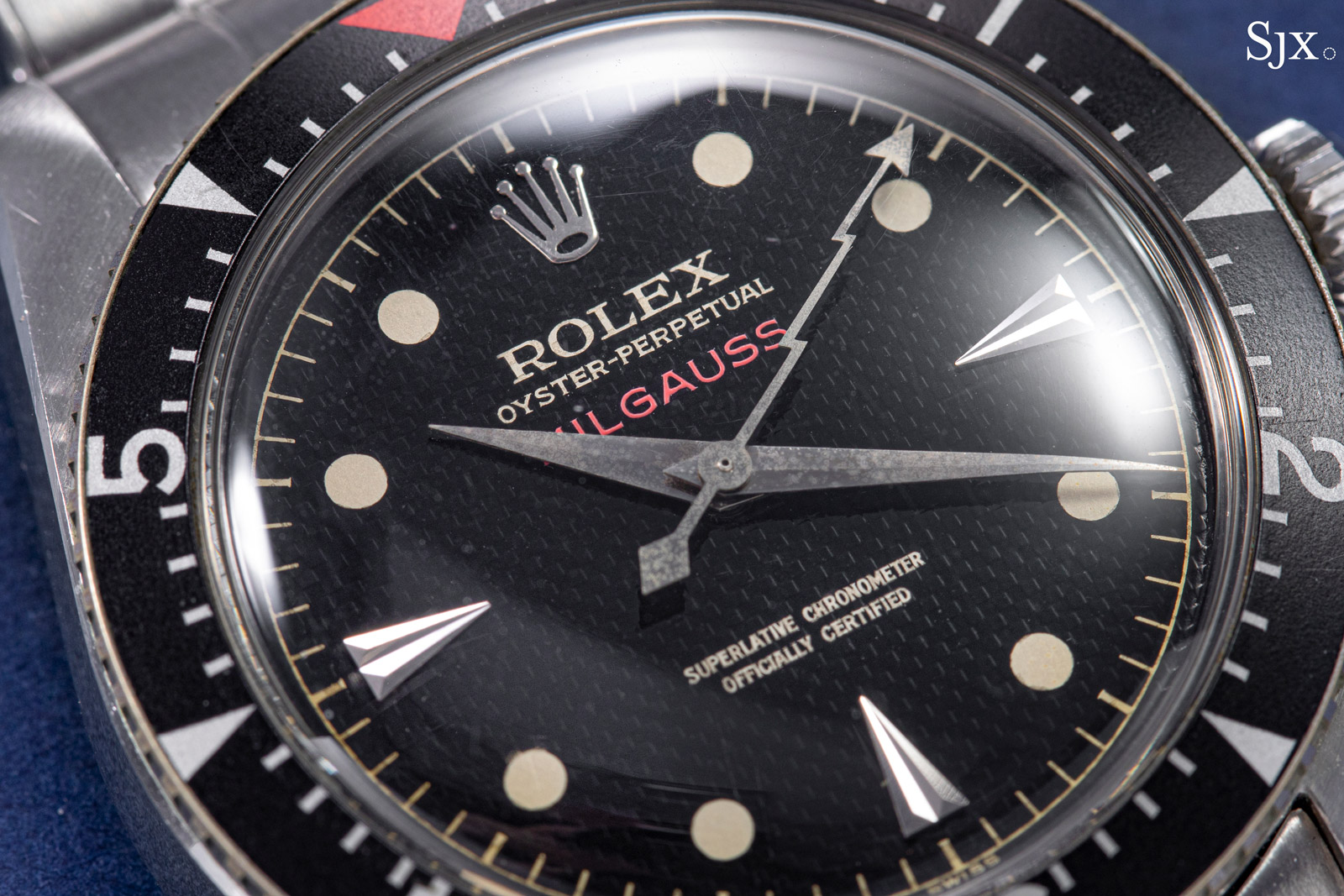
With its distinctive honeycomb dial and lightning seconds
But the fact that Rolex made the market for these watches during the season reveals something about the broader market: the number of players at the top end of the market are few and appear to be shrinking.
Unlike the go-go years during the pandemic when the bidders seemed to grow endlessly in both number and wealth, the recent weekend showed something of a reversion to the mean. The bidders were fewer, largely known, and less inclined to spend without restraint, perhaps adopting a wait-and-see attitude.
The second-series, pink gold Patek Philippe ref. 2499 that sold at Phillips for CHF3.21 million – making it the second-most valuable lot of the entire Geneva season – went to a veteran European collector bidding via text message, for instance, while the gentleman from the Near East who was probably the biggest spender in Geneva last season (and the second-biggest spender at Only Watch 2021) was present during the weekend’s auctions but did not appear to buy anything in the rooms.
And then there were the examples of independent watchmaking that were sold to bidders related to the brands on the block. Individuals connected to De Bethune won two of the brand’s most valuable lots at Phillips – namely the DB15 minute repeater perpetual and DB28 Tourbillon Deadbeat Seconds – while the Roger W. Smith Series 1 in the same sale was acquired by the watchmaker’s retailer in the Middle East.
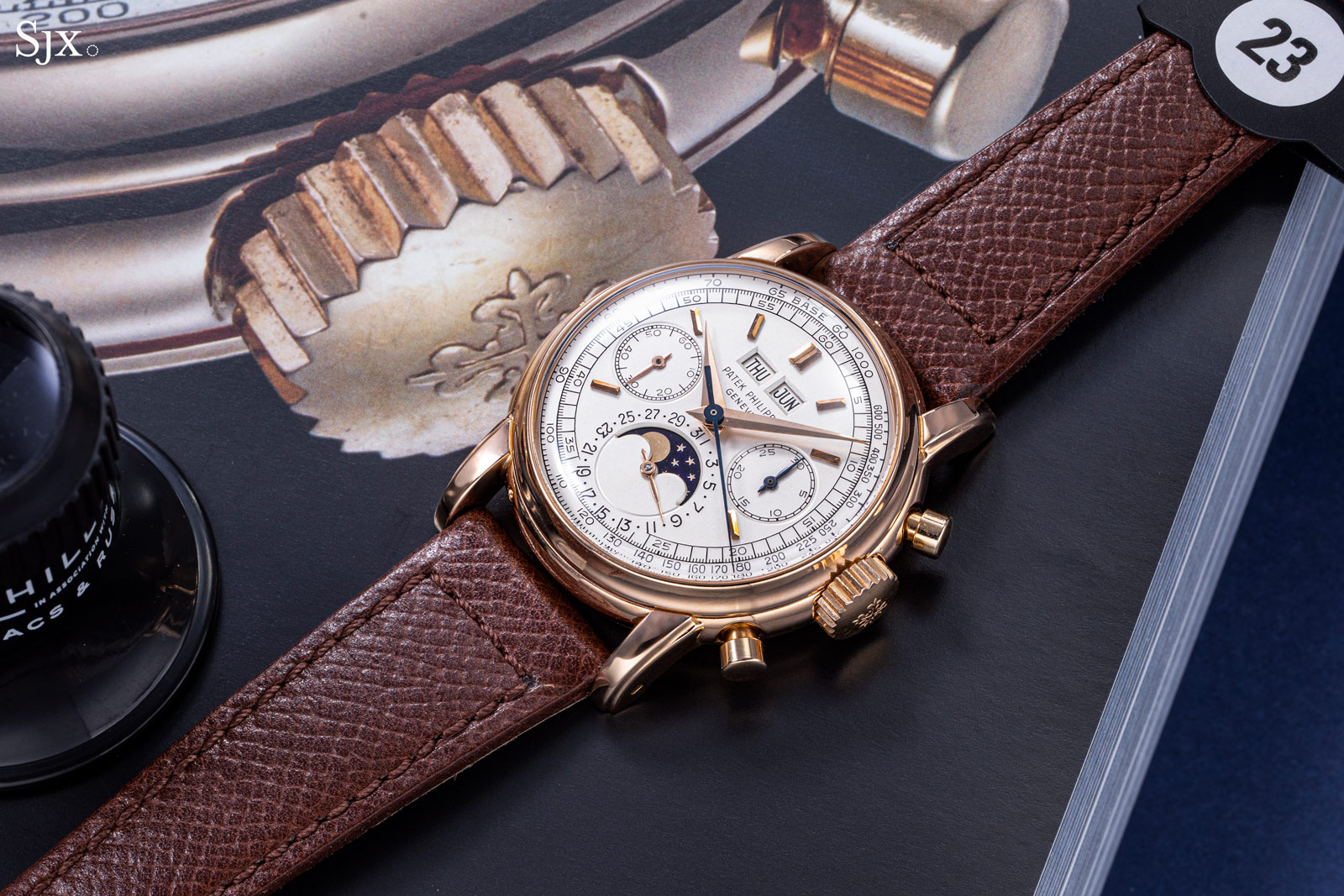
The second-series ref. 2499
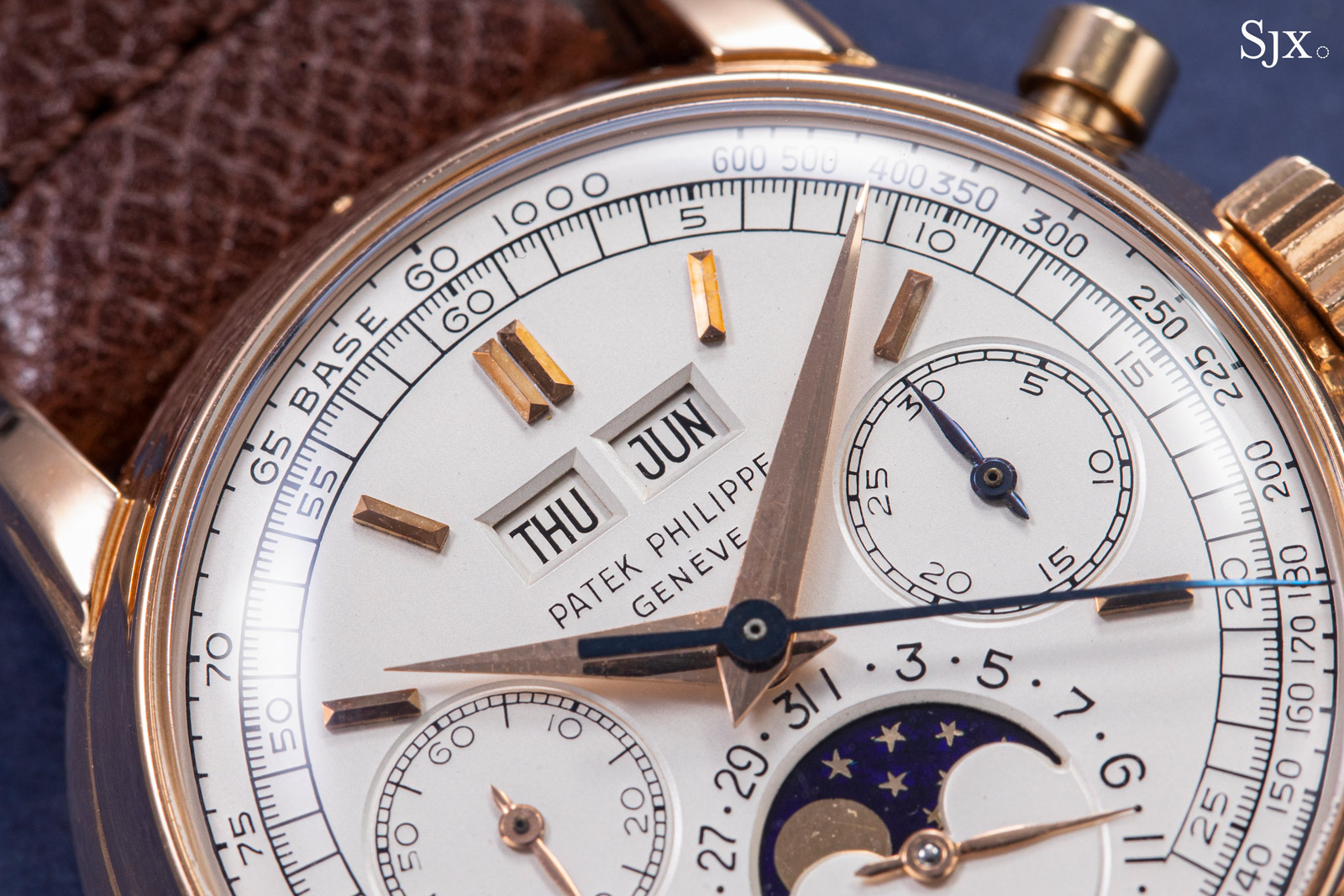
F.P. Journe without F.P.
One of the most interesting sales was the first one of the season, The Art of F.P. Journe that took place on Friday at Christie’s. The line-up was unquestionably impressive: the top lots were a Tourbillon Souscription “2/20”, a pre-Souscription Resonance, and a Tourbillon Souverain with a jade dial, all of which sold for well into seven figures. In fact, the latter two watches both achieved record prices, with the pre-Souscription Resonance selling for about 25% more than the prior high.
Despite being arguably one of the biggest events of the season – F.P. Journe is after all the hottest independent watchmaker right now – the thematic auction was not widely covered in the media, at least by the biggest serious-minded English language publications that usually cover such things, like Hodinkee, Monochrome, and Fratello.
At the same time, the foreword of the auction catalogue described the sale as “curated by Christie’s” – perhaps ironically or in jest – but insiders and majority of important collectors were aware that all 40 lots in the sale were consigned by Watchbox (or entities related to the company), the giant secondary-market retailer that’s known to have the largest inventory of pre-owned F.P. Journe.
Most notably, Francois-Paul Journe himself was nowhere to be seen in the saleroom upstairs, although he was in the Four Seasons bar (I spoke with him right after the auction). His colleagues, including commercial director Masaki Saito, were in the saleroom. Mr Journe did, however, turn up at the weekend’s other auctions, including Christie’s sale the next day. He was also at Phillips where he bid on the record-setting Milgauss, though he stopped at well before the million-franc mark.
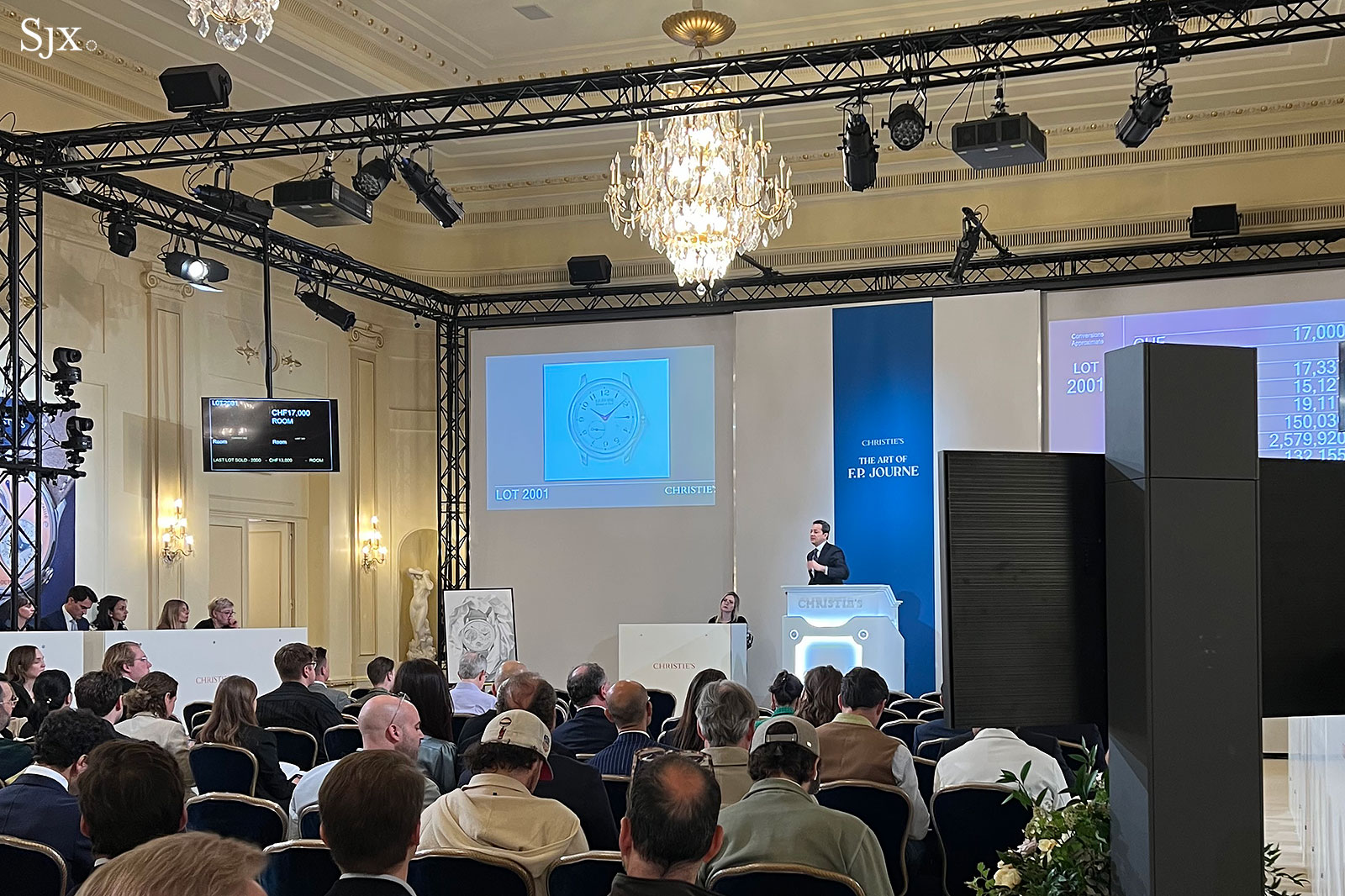
The saleroom during The Art of F.P. Journe
With these factors perhaps exerting some influence on the proceedings, the sale was certainly not the explosive event one would expect for a thematic sale, which often tend to be the high watermark for a brand. Big numbers were achieved, but far off last year’s highs, reflecting a new reality. Almost all the lots sold above the low estimate, just three hammered under, but half of the lots sold below the high estimate.
The last Tourbillon Souscription to be sold at auction, “1/20” at Phillips in November 2021, achieved CHF3.54 million. The example at Christie’s, numbered “2/20”, sold for CHF2.71 million – and it was arguably the best performing lot of the sale in relative terms. Similarly, a good example of a 2002 Resonance with a brass movement sold for CHF289,900, whereas it was a CHF400,000-450,000 watch a year ago.
The same considerations that came into play during the season’s other auctions also shaped the F.P. Journe thematic sale, particularly the narrow pool of bidders at the high end. The underbidder on the two of the three most valuable lots, for instance, was the same besuited gentleman standing at the back of the room, though he only walked away with the jade tourbillon.
Half a dozen lots from the end of the sale, auctioneer Rahul Kadakia, Christie’s head of jewellery, stepped down to be replaced by Emmanuelle Chan of Christie’s Hong Kong. As demonstrated during her wielding of the gavel, Ms Chan is fluent in French, English, and notably, Mandarin. As the happens, the winner of the Tourbillon Souscription was yet another recognisable face: a Chinese collector known for his pursuit of watches exactly like the Tourbillon Souscription.
Correction May 22, 2023: The original version of the article contained several incorrect facts: the associates of De Bethune only won two of the most valuable De Bethune lots at Phillips, not three; the besuited gentlemen at Christie’s was the underbidder on two of the sale’s most valuable lots, not three; and lastly, majority of lots at the F.P. Journe thematic sale hammered above the low estimate, and not below.
Back to top.
